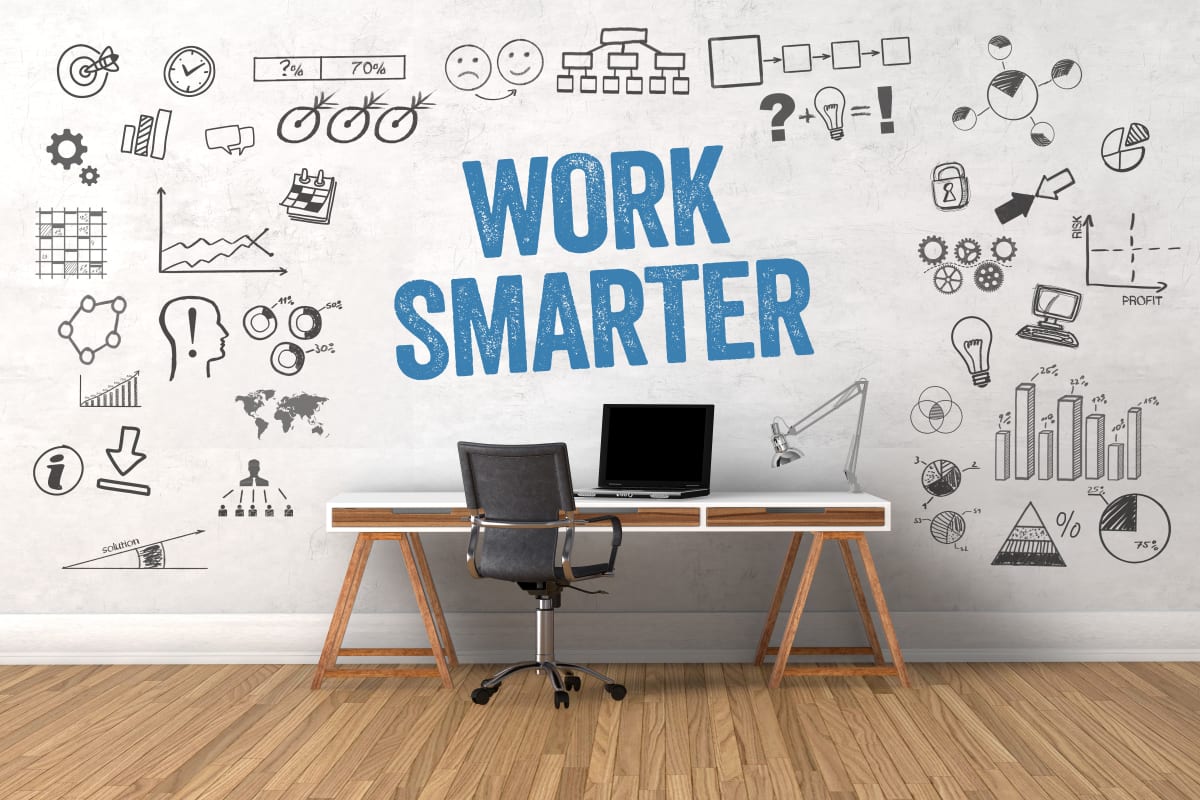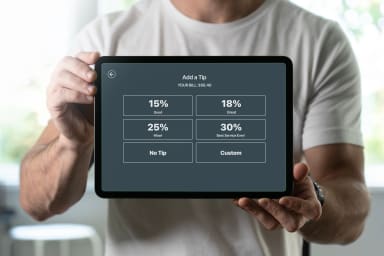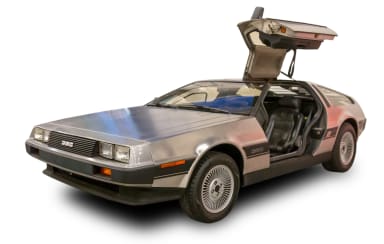By Steve Strauss
With so many of us working too much these days, it amazes me that the entrepreneurial subset of that group allows it to happen. I know that for me, one reason I longed to be my own boss is that I really disliked my very last boss.
But not a few small business people somehow leave the corporate world and turn into horrible bosses who in fact overwork their most very valuable employee – themselves. Look, if you are going to be the boss, be a good one, especially to yourself.
And I guess that that is why I have lately found myself speaking to entrepreneurs and writing a lot more about how to work smarter, not harder.
Working Smarter, Not Harder
As I am wont to say, this is an amazing time for small business. There are a plethora of tools and apps and assistance that – if you use them – allow you to be incredibly effective and deliver top-notch quality for your clients and customers.
So when I see a company that gets it, that sees there is a smarter, better way to run a business these days, and that in the process, they can set themselves apart from the crowd, it warms my heart. And it’s the sort of story I want to share because we can all learn from it.
Team Sports Media, Ltd. is once such company, and its founders, Jim Dorsey and Brett Newcomb, have learned that there is indeed a better way to run a business. By adopting some new technologies, Team Sports Media, Ltd. has created a great business that delivers incredible value to the owners, customers, and staff.
Jim used to work for a sports marketing company that did things the traditional way: They would work hard in crowded offices to get advertisers to advertise in various mediums – on golf courses, and especially in various high school sports programs. But the problem was that the cost of this brick-and-mortar strategy is fairly extraordinary:
• Printing presses can cost up to $1 million each
• To sell enough programs to make a profit every month means that a traditional marketing company has to hire a lot of staff (salespeople, artists, support staff, etc.), and with it, that means
• High overhead for rent, insurance, benefits, and all the rest
• Shipping the programs all over the country is expensive too
The upshot is that Dorsey and Newcomb figured that there had to be a better way, especially in this high-tech era. There was, and what they did was to turn the traditional sports marketing business model on its head.
(Hint: Couldn’t you do the same in your business and industry?)
Coming from a customer service background, their first priority was to create a business (and systems) that created real value and served the best interest of their customers, first and foremost:
• For example, instead of buying huge, expensive printing presses, they print on demand in the location where the sports programs, real estate presentation folders, or whichever product it might be, are ordered. This not only saves the cost of paying for a huge press, but they can pass the savings onto their customers, and thereby offer the same product they used to offer, but at a fraction of the cost.
• Instead of renting a huge office and hiring staff (and paying for insurance and benefits and office supplies), Jim has created a virtual office with a team of independent contractors. These folks also love Jim’s business model because it enables them to work fewer hours, at home, and yet because the product they sell is less expensive, they are able to secure more sales, easier sales, and best of all, higher and larger commissions (i.e.: more money in their pocket).
• Team Sports Media, Ltd has just created an app that allows parents (for example) to download the high school sports program onto their mobile device and view it there. Not only do people like that because that is how we all consume content these days, but also, the company’s advertisers like it because it is another way to get their business in front of potential customers, and at no additional cost.
As Jim Dorsey told me when we spoke recently, “technology has not only changed the playing field, it has re-defined the playing field. Most brick-and-mortar business models are outdated today.”
For Jim, the benefits of doing business this way are multi-fold: He has a great business, happy customers, a satisfied staff, great products, and that one thing that most entrepreneurs really crave: More time.
“I get to be with my daughters a lot more now,” he said, contentedly.
Steve Strauss is a senior small business columnist at USA TODAY and author of 15 books, including The Small Business Bible.





